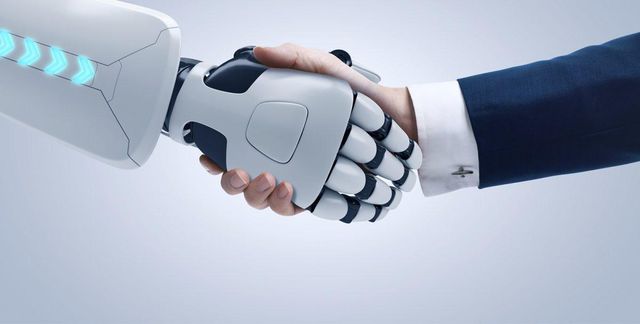
Who Will Have Jobs in 2020?
Workers, policymakers, and the media are concerned with the idea that automation, or technological change, will displace millions of American workers—and they are partially right. Andrew Yang, an early 2020 Presidential hopeful is already running on the idea that “the robots are coming”⎯though the story is not so simple.
Technological breakthroughs that replace workers and reshape our economy will continue. AI is the next big worker-displacing technology expected to have the potential to replace millions of workers performing routine and menial tasks. But those workers are only permanently displaced if we think there is a fixed amount of work to be done in the economy. This idea, which gives rise to the notion that an increase in the amount each worker can produce with the help of technology, actually reduces the total number of jobs an economy can support, is known as the “lump-of-labor fallacy.”
First, our economy is a dynamic one. Every month, new jobs are created as other jobs are destroyed. When we read the monthly headline numbers from the U.S. on job creation, what we are seeing is the difference between jobs created and jobs destroyed.
In 2017, the economy destroyed 62.6 million jobs, but it also created 64.7 million—meaning that the economy added 2.2 million net jobs. The economy will continue to destroy specific jobs, but that is not necessarily a bad thing for the overall economy. On average, the economy destroys low-productivity jobs and replaces them with higher-productivity jobs—opening the door for higher wages and rising living standards. In the end, as a recent Deloitte report argues, technology creates far more jobs than it destroys.
Second, we do not know what the jobs of the future are. A generation ago, people would not have predicted that information technology (IT) jobs would be where they are today. It is clear from the media reports that the fear of destroying jobs sells. This narrative detracts from the reality: We can change the rules and ensure that automation serves the many rather than simply enriching the few.
So not only will we have to practically reinvent the economy of the world, but it will have to include a heavy dose of robotics, and to get comfortable with working side by side with them.
read more at forbes.com







Leave A Comment